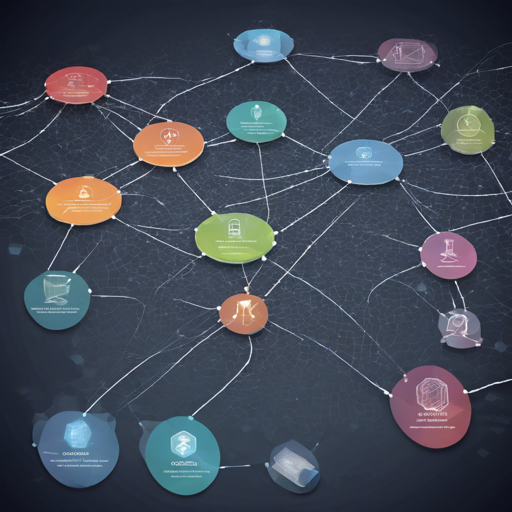Welcome to Axone, the innovative public dPoS (delegated Proof of Stake) layer 1 blockchain designed for connecting, sharing, and monetizing resources within the artificial intelligence (AI) ecosystem. This article will guide you through how to get started with Axone, become a validator, and troubleshoot common issues. So, let’s dive in!
What is Axone?
Imagine a bustling marketplace where traders share their best resources—data, algorithms, compute power—freely and securely. This is akin to what Axone offers for the AI stack: an open network dedicated to collaborative workflow management that seamlessly interacts with any data, model, or infrastructure.
How to Install Axone
Getting started with Axone is straightforward and can be achieved using various methods. Here’s how!
- ### From Releases:
curl https://i.jpillora.com/axone-protocol/axoned | bash - ### From Source:
make install - ### Using Docker:
docker run -ti --rm axoneprotocol/axoned --help
Becoming a Validator
Validators maintain the integrity of the Axone network by securing it. Here’s how you can become a validator:
- Maintain a functional node with constant uptime.
- Provide a sufficient amount of $AXONE as a stake.
- Earn rewards through block rewards and transaction fees!
For further instructions, check out the documentation.
Supported Platforms
Axone supports multiple builds for various platforms:
- Darwin amd64
- Darwin arm64
- Linux amd64
- Linux arm64
- Windows amd64 – not supported
Remember, the blockchain depends on CosmWasm and thus only supports the targets that this project supports.
Understanding the Makefile
The provided Makefile is your best friend when building and managing your Axone project. Think of the Makefile as a Michelin-starred chef’s recipe book:
- Lint: Check your code for errors.
- Format: Ensure your code follows conventions.
- Build: Generate all necessary files and executables.
- Test: Run assessments to confirm everything works as expected.
When you want to build the Axone node, simply run:
make buildThe binary will be generated in the target/dist folder.
Running a Local Network
If you want to test locally, here’s how to do it:
- Initialize a local network configuration:
- Start the blockchain:
make chain-initmake chain-startA wallet will be preconfigured with tokens for you to experiment with!
Troubleshooting Tips
If you run into issues while setting up, here are some ideas to help you troubleshoot:
- Make sure all prerequisites are installed.
- Check your Docker installation, it is critical for the Makefile.
- If any commands fail, ensure that you have the correct permissions or consult the documentation for updates.
For additional insights or help, please do not hesitate to reach out to the community or visit the fxis.ai for collaboration on AI projects.
Conclusion
At fxis.ai, we believe that such advancements are crucial for the future of AI, as they enable more comprehensive and effective solutions. Our team is continually exploring new methodologies to push the envelope in artificial intelligence, ensuring that our clients benefit from the latest technological innovations.
Get Involved!
Ready to contribute? Check out the Community Repository on GitHub. Share your insights, experiences, and be part of the Axone journey!

